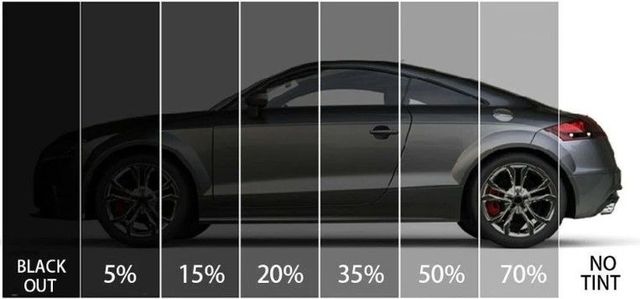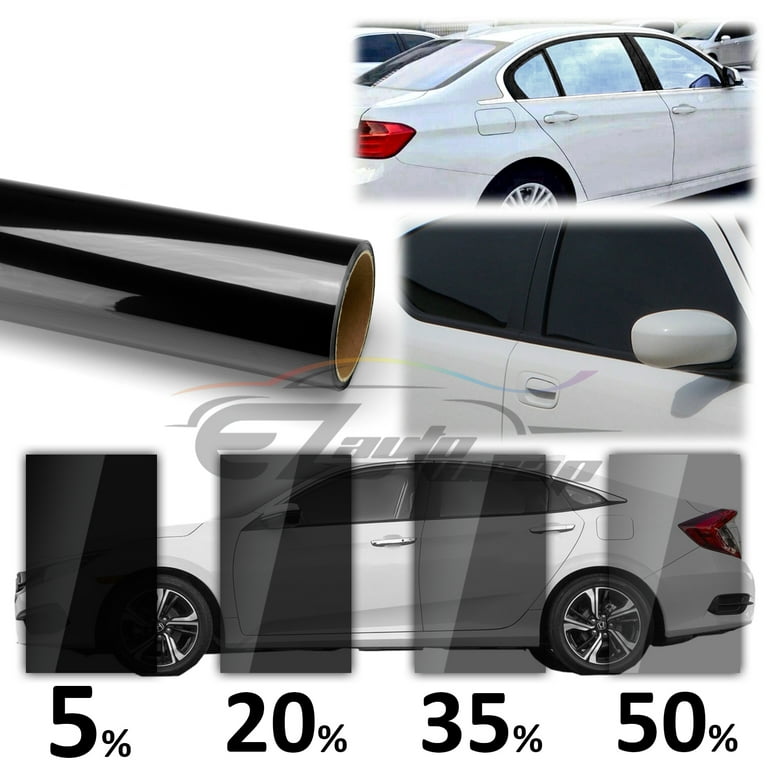Exactly How Vehicle Window Tinting Can Enhance the Resale Worth of Your Car
Exactly How Vehicle Window Tinting Can Enhance the Resale Worth of Your Car
Blog Article
Window Tinting Rules and Guidelines: What You Required to Know Before Tinting Your Car
Prior to waging home window tinting for your automobile, it is vital to familiarize on your own with the diverse laws and standards that govern this technique across various states. These policies dictate the allowable levels of color darkness, typically measured by visible light transmission (VLT) percentages, and consist of specific terms for front windshields aimed at making sure road safety and security. Additionally, certain jurisdictions may offer medical exemptions for people with certifying problems. Understanding these complexities can conserve you from potential lawful implications, however what are the details rules in your state?
Introduction of Home Window Tinting Regulations
Home window tinting laws are regularly based on variant throughout various jurisdictions, reflecting local regulations and security factors to consider. These laws determine the allowable levels of tint darkness and reflectiveness on lorry windows, ensuring that vehicle drivers maintain appropriate presence while likewise securing versus dangerous UV rays and heat.
Most policies classify window tinting based upon the Visible Light Transmission (VLT) portion, which indicates the quantity of light that can go through the home window. Usually, lower VLT portions represent darker colors. Legislations typically differentiate in between the front, side, and rear home windows, with more stringent restrictions put on the front windshield to boost security for both the motorist and other road individuals.
Additionally, some territories enforce constraints on the reflectivity of the color, avoiding too much glare that could impair presence. Exemptions to these legislations may exist for individuals with certain clinical conditions requiring additional sun security. Compliance with home window tinting laws is important, as infractions can lead to penalties, compulsory elimination of the color, and potential rises in insurance costs. It is important for lorry proprietors to familiarize themselves with neighborhood legislations before continuing with window tinting installations.
State-by-State Color Regulations
Recognizing the details home window tinting policies in each state is important for lorry owners looking for to abide by the law. Each state in the U.S. has developed its own set of policies regulating home window tinting, which can differ dramatically. These laws often dictate the allowable levels of color darkness, the kinds of windows that can be tinted, and any clinical exemptions that might use.
For example, states like California have rigid constraints on color darkness for front home windows, while others, such as New Mexico, may enable darker tints. In addition, certain states mandate specific presence percents for different windows, consisting of the windscreen, front side home windows, and back windows. It is critical for cars and truck owners to acquaint themselves with their state's laws to avoid prospective fines or penalties.
Moreover, some states might need a qualification sticker label to be put on tinted home windows, indicating compliance with state legislations. Failure to comply with these regulations not just takes the chance of legal effects but can also affect safety and visibility while driving. Consequently, car owners should carry out extensive research study or speak with local authorities to make certain full understanding and conformity with state-by-state color policies.
Allowed Tint Kinds and degrees
Numerous car owners may be shocked to discover that enabled tint levels and types vary commonly throughout different states. Each state has developed its very own guidelines concerning the allowable darkness and reflectivity of home window color, often gauged by Visible Light Transmission (VLT) percents. VLT describes the amount of light that can go through pop over here the tinted windows; hence, a lower portion suggests a darker tint.

In addition, the kinds of color materials enabled can vary, with some states forbiding mirror-like or metallic finishes. It is crucial for lorry owners to familiarize themselves with their state's specific regulations to make sure compliance. Non-compliance can result in fines, mandatory removal of the tint, or various other lawful effects, making it imperative to comprehend these guidelines before proceeding with installation.
Medical Exceptions for Tinting
While not all states provide allowances for medical exceptions relating to window tinting, those that do recognize the requirement for details people to improve presence and comfort due to clinical problems. Various clinical problems, such as lupus, skin cancer cells, and specific eye problems, can render individuals specifically conscious sunlight. Subsequently, these individuals might require darker colors to shield themselves from dangerous UV rays and glow.

It is necessary to note that despite a clinical exception, there might still be constraints on the level of color allowed. Conformity with state legislations makes sure that individuals are both protected and within lawful limits. Those thinking about clinical exceptions should contact their regional Department of Electric motor Cars or equal authority to understand the requirements and treatments necessary to look for an exception properly.
Fines for Non-Compliance
Falling short to adhere to home window tinting laws can bring about considerable charges, which vary by state. Police are empowered to release citations for lorries that do not abide by the defined tinting guidelines. These fines commonly consist of fines, which can vary from moderate amounts to numerous hundred bucks, depending on the extent of the offense and the state in question.
In some jurisdictions, duplicated offenses may result in escalating fines or additional fines, such as obligatory court see it here looks. Furthermore, non-compliance might require the removal of prohibited tinting, usually at the owner's cost. In extreme cases, habitual wrongdoers might encounter suspension of their car registration up until conformity is achieved.
Furthermore, insurance implications might arise from receiving numerous citations for home window tint infractions. Insurance companies might view such violations as an indicator of riskier habits, potentially leading to raised costs or trouble in coverage.
To stay clear of these penalties, it is vital for vehicle proprietors to familiarize themselves with their regional home window tinting regulations and make certain that their automobile complies (Window Tinting). This positive approach not just avoids legal implications but also promotes roadway security
Final Thought

Most laws classify window tinting based on the Visible Light Transmission (VLT) percent, which shows the amount of light that can pass with the home window. Compliance with window tinting regulations is critical, as offenses can result in fines, compulsory elimination of the color, and prospective boosts in insurance costs.Comprehending the specific window tinting policies in each state is vital for vehicle owners looking for to comply with the regulation. These regulations usually determine the permitted levels of tint darkness, the kinds of home windows that can be tinted, and any type of medical exceptions that might use.
For instance, states like California have rigid constraints on color darkness for front windows, while others, such as New Mexico, might permit darker tints.
Report this page